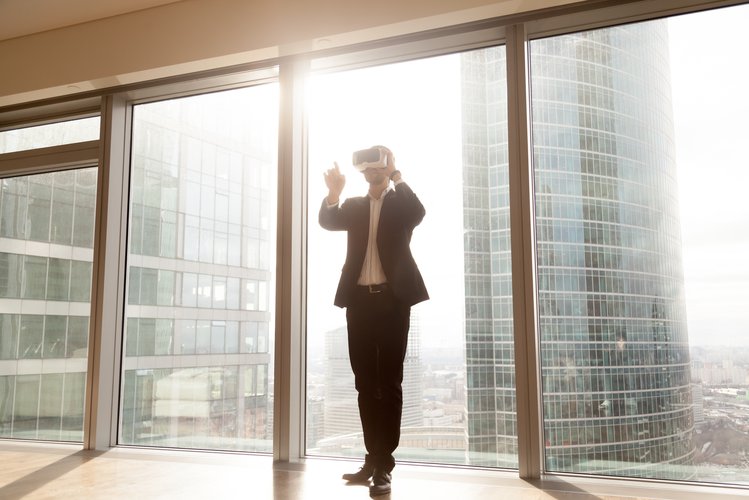How COVID-19 Propelled the Swift Adoption VR and AR in the Real Estate Industry
The coronavirus pandemic has forced industries across the world to revolutionize and innovate in the face of unprecedented change and uncertainty. Where once we could easily interact and engage, we now have social distancing, restrictions and quarantine measures. Naturally, this has limited industries and consumer engagement alike.
But the real estate industry hasn’t stalled. If anything, it has shifted. Those who have their fingers on the pulse in the industry are now taking proactive measures to adapt and roll with the changes. Virtual Reality (VR) and Augmented Reality (AR)technologies are two prime examples of fast adoption due to COVID-19 restrictions on social distances and limited numbers at any one place.
The Rise of Modern Technology Adoption in Real Estates Industry
Renters and buyers hunting for a property would know first hand how time-consuming, exhausting and tedious it can be. With VR and AR experiences, prospective buyers not only have more control over their time but can also tailor their tours and view properties from a 360-degree angle.
With the use of a simple VR headset, potential buyers are transported into their dream homes from the comfort of an office or home. A study found 90% of consumers already use the internet to search for real estate with more than 50% of those searches being made via mobile devices. Investment and improvements in VR and AR would certainly add to the online experience, improving not only interaction but also allowing consumers to make educated and well-informed decisions prior to committing to inspections.
Not only does development in VR and AR allows for better consumer interactions, but it can cut costs across the industry. Large development companies and engineers can conduct tailored and virtual meetings with stakeholders and potential investors, minimizing travelling costs as well as carbon footprints. The efficiency of time and sustainability of the environment. It’s a win-win for all involved.
Conclusion
It’s no wonder the estimated VR and AR market size worldwide for 2020 has been estimated to be a whopping $27 billion. Now is the time to tap into the benefits of using immersive technologies and stay ahead of what will no doubt be a reality in almost every industry in the coming years.
To find out more about how Sendro Group uses VR and AR in the real estate industry, get in touch for a free consultation.
